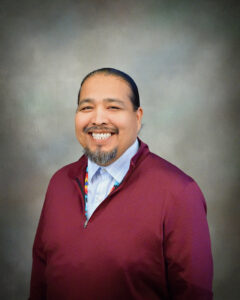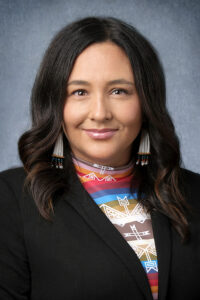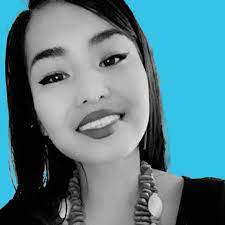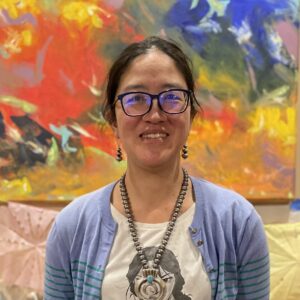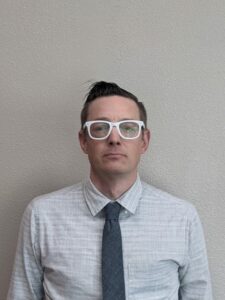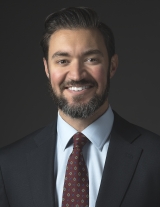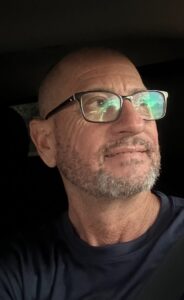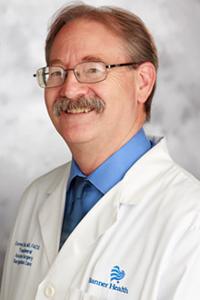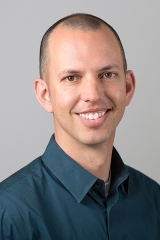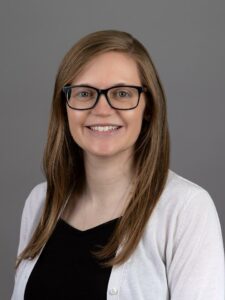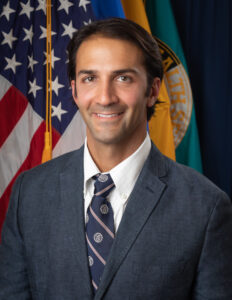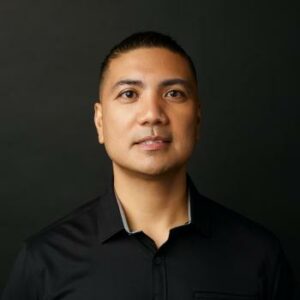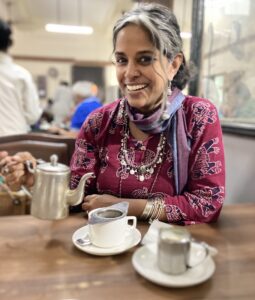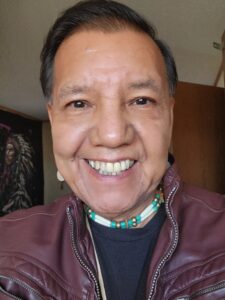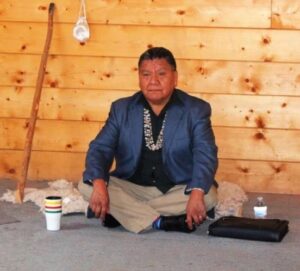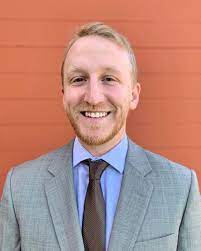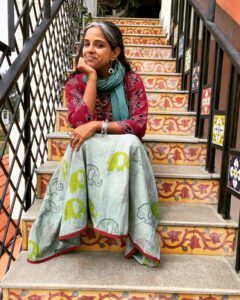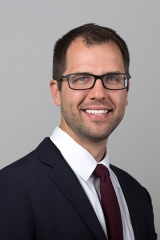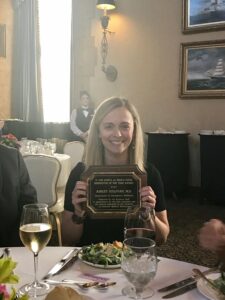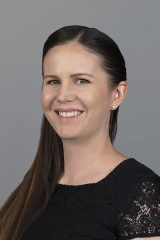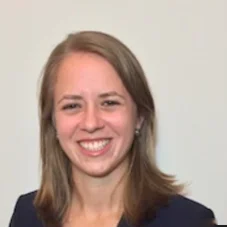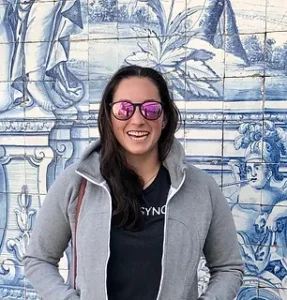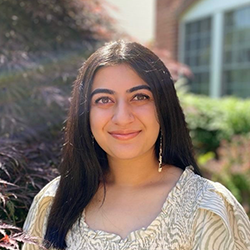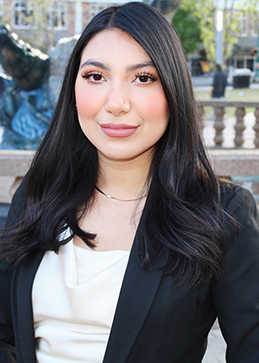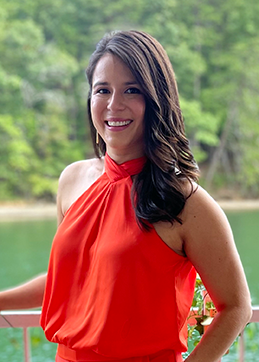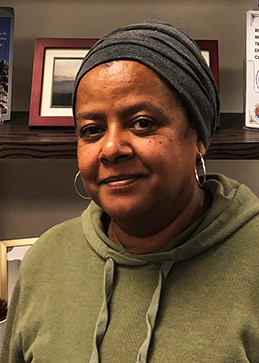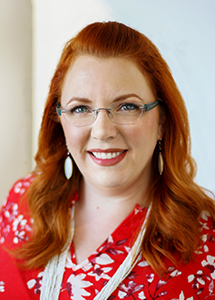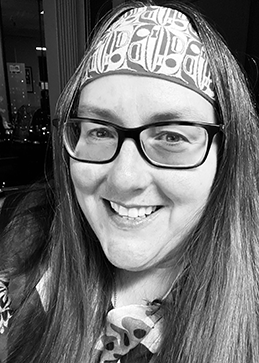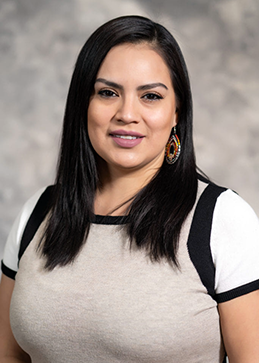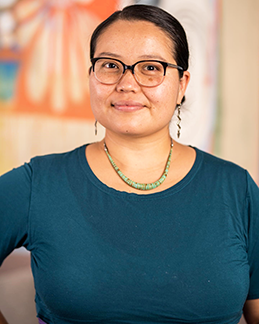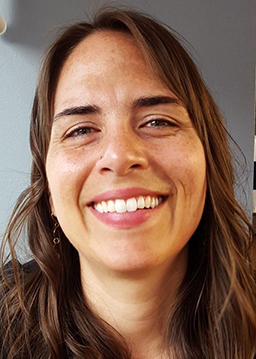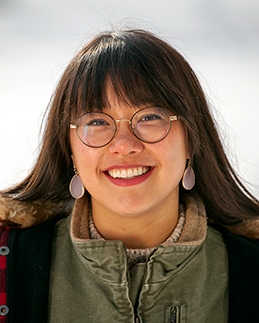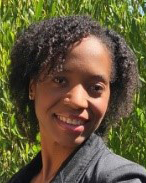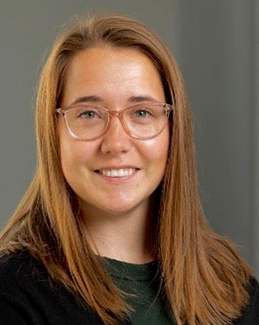Taking a High Tech, Culturally-Response Approach to Care
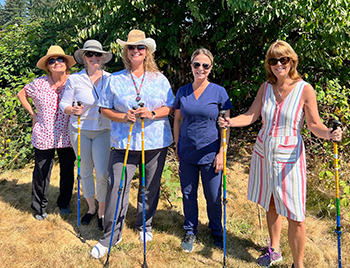
“After attending the Special Diabetes Program for Indians Conference in 2019, we were 100% more energized,” said Grayce Hein, a Nurse Practitioner and one of four staff from Nooksack Tribal Health Clinic who trekked to Oklahoma City to participate in the annual conference. “It impacted not just one nutritionist, not just one nurse, not just one provider, but almost everyone at the Clinic! We started working more effectively across departments. It felt like it gave us a common vision and room to explore new opportunities.”
According to Grayce, since SDPI, there have been three major contributors to the Diabetes Program’s clinical successes: the implementation of a continuous glucose monitoring program, responsive and community-centered programming, and a sustained sense of enthusiasm by staff.
Continuous Glucose Monitoring Program
Providing continuous glucose monitors, has increased patient compliance during the two years the program has been in place.
“Continuous glucose monitors,” explained Grayce, “consist of two parts: a sensor inserted under the skin, usually on the arm, and a monitor or an app on one’s phone that the patient waves over the sensor. Doing this provides highly accurate, real-time blood glucose measurements.”
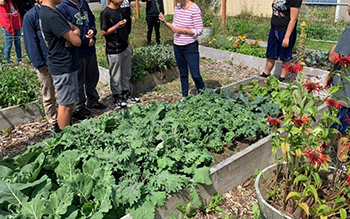
For patients using the app, their information can be shared immediately with providers. For those using the monitors, their information is saved on the device and then can be shared with providers during clinical visits.
Because of the ease and convenience of this technology, patients are checking their sugar levels more consistently. And providers are noticing a difference in treatment plan compliance, as well as changes in medication dosages for the better, with several patients no longer needing insulin medication.
According to Grayce, “each 1% decrease in A1C is associated with significant reduction in life threatening complications from diabetes. Since the implementation of the Continuous Glucose Monitoring Program, the average participant’s A1C level has dropped 1.8%. That is remarkable!”
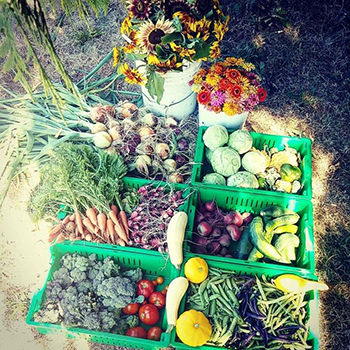
Responsive Public Health Programming
Over the years, the Nooksack Diabetes Program has offered a wide array of public health programming to support patients in their journeys to good health. This has included Elders sharing stories about traditional foods, starting and maintaining two community gardens, hosting a variety of healthy cooking demonstrations, and creating a popular Walking Pole Exercise Program.
In particular the community gardens have taken off. The gardens, which offer a variety of vegetables and herbs, serve as a space for youth to learn about gardening and healthy food options. Plus, the food harvested from the gardens is used in cooking demonstrations and at the Tribe’s Elder Lunch Program.
Another recent program that has been wildly popular is a Walking Pole Exercise Program, which is open to anyone, regardless of their diabetes status. Folks using the Nordic-style poles can be seen walking during the lunch hour. Research suggests that using these walking poles increases upper body muscle utilization and oxygen use, decreases pain in the lower extremities, and improves walking gait for people with diabetes, whose normal walking gait can become disrupted due to sensory issues. Plus, the poles contain a design by a First Nation artist.
Supportive and Energized Providers
What makes all of the diabetes programming happen is really more of a question of who. And one person, according to Grayce, who deserves a great deal of credit is Barb Himes who will be retiring this fall. “Barb, RD, CDE, has been working for Nooksack for over 24 years and will be difficult to replace if at all. During her tenure,” said Grayce, “when community members have asked for a specific type of programming, Barb has worked diligently to make it happen.”
Another way that staff at Nooksack Tribal Clinic are going above and beyond is through offering the “cheerleading” and support that many patients need. “Some patients may not have the best support system outside of the clinic for managing their diabetes,” said Grayce “but the providers here really celebrate patients’ successes. So much that they’ve even made specialized t-shirts to wear when certain patients come in to support their journey to better health.”
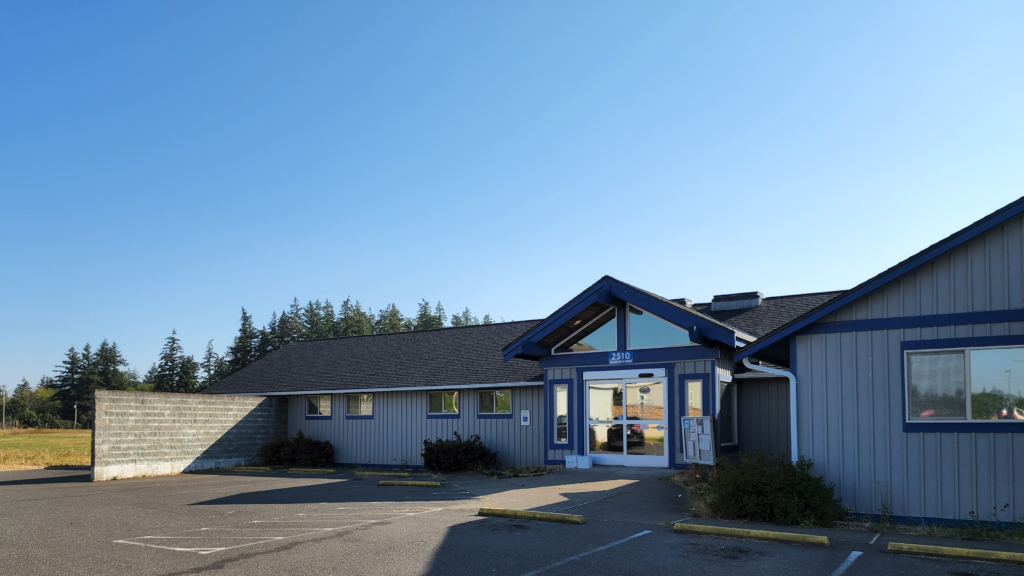
Success Supported by Indian Country ECHO
Since participating in virtual clinics thru Indian Country ECHO’s Diabetes ECHO Program, Grayce has presented five patient cases to fellow providers. Grayce shares that having a space like Indian Country ECHO to learn and collaborate with others has been transformative for the entire Diabetes Program at Nooksack, and she expects to see the continued energy long into the future.
To enhance your ability to screen, treat and manage patients with diabetes, join one of several diabetes virtual clinics. Here you will participate in didactic and case presentations, receive recommendations from peers and a multidisciplinary team of specialists, and join a learning community of dedicated I/T/U providers committed to growing clinical capacity so every patient across Indian Country receives the care they deserve.
